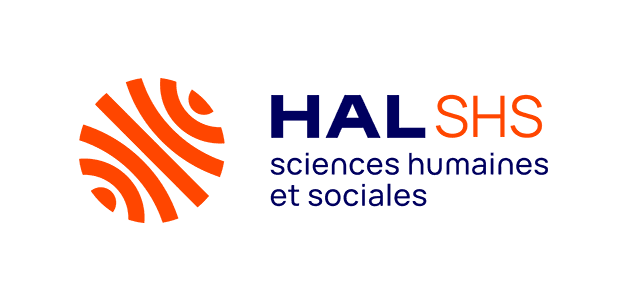Thoughts on the Phonological Definition of Nasal/Oral Contour Consonants in Some Indigenous Languages of South-America
Résumé
In this paper we will address the issue of the underlying representation of contour consonants from the functional perspective of phonological contrast enhancement . In the literature, one finds two different explanations for the occurrence of contour stops that are based on this concept. One seeks to explain the nasal phase of the contour as an enhancement of an underlying contrast between voiced and voiceless non-sonorant stops. The other one focuses on the oral phase of what are taken to be underlyingly nasal consonants, explaining its emergence as an enhancement strategy to maintain a neat oral/nasal contrast for vowels. We will see that the biphasic sounds may have different lexical sources, depending on the language. To the extent that the underlying phonemes can be established with some degree of certainty, which does not always seem to be the case, it is possible to decide for a given language which of the enhancement strategies is being at the basis of the contour segments.
